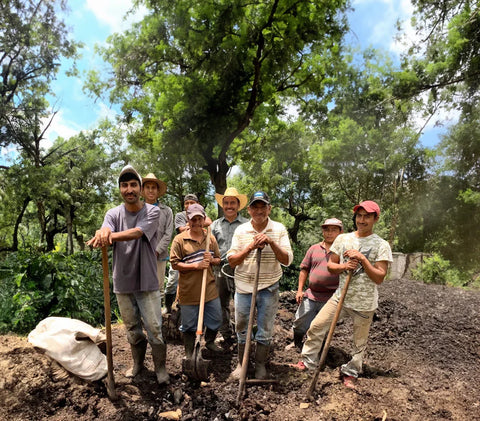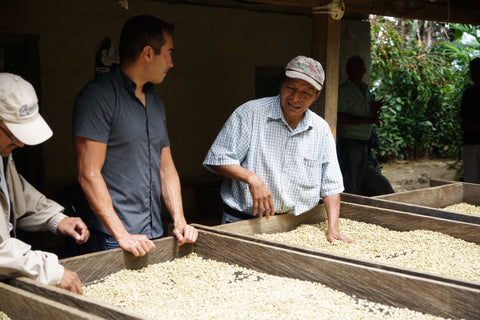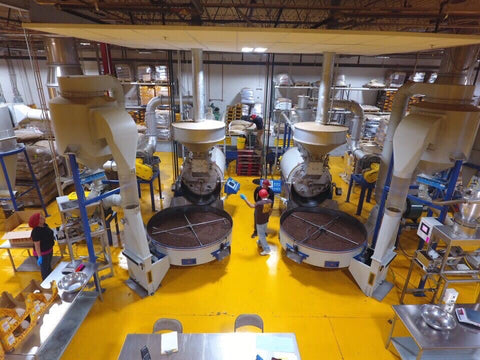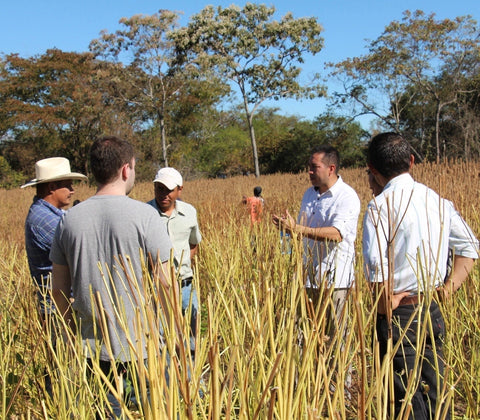ORGULLO LATINO
Reading time: 5 minutes
5 Most Spectacular Volcanoes to Visit in Central America
Home to over 70 active volcanoes, Central America is the ideal destination for those looking to get a closer look at these ancient powerhouses.
Jump to:
Central America is a magical place. It’s home to jungles, mangroves, and beaches with the most beautiful sunsets. It has a staggering array of fauna and flora, spectacular mountain ranges, and the world’s best fruit.
It is also where you will find some of the warmest, most welcoming people who carry out traditions and rituals that have been passed on for generation after generation.
Yet all of this exists under the shadows of Central America’s most ancient source of power: its volcanoes. There are thought to be more than 70 active volcanoes in the Central American Volcanic Arc, with around 200 major eruptions having taken place in the last 300 years alone.
These forces, while often destructive, are also a source of rich minerals and composites that make the surrounding earth abundantly fertile.
These natural wonders truly are a sight to behold. And while not all are safe to visit, the ones that are safe are well worth visiting. With that in mind, here are our top 5 most spectacular volcanoes to visit in Central America.
Volcán Masaya, Nicaragua
If you've ever wanted to stare into the fiery depths of earth, it doesn’t get much better than Masaya Volcano in Nicaragua.
Located within the Masaya National Park, a mere 23km from the capital city of Managua, Masaya has a long history of activity, with the first recorded eruption occurring more than 450 years ago.
It is currently classified as a "strombolian" volcano, which means it produces frequent, small-to-moderate explosive eruptions of ash, lapilli (small, rounded volcanic fragments), and lava.
Those who decide to visit the volcano at night (which I personally recommend) will have a front row seat at what the Spaniards called "the gates of hell".
Meanwhile, day visitors will be able to have a go at a unique activity: “surfing” down the black ash slopes of an active volcano at high speed clad in a special suit that protects the wearer. It's a once-in-a-lifetime opportunity that's not to be missed!
Volcán de Fuego, Guatemala
Volcán de Fuego (or Chi Q'aq' as it is called in the Mayan language of Guatemala spoken by the Kʼicheʼ people), is the most active volcano on the list – eruptions occur every 15 to 20 minutes. However, large eruptions are rare (the last major one was in 2018).
This majestic volcano sits just beyond the city of Antigua, a UNESCO World Heritage Site and former capital of Guatemala (it was moved to Guatemala City in 1773, when a volcanic eruption deemed it to be too unsafe).
The volcano itself is an attraction due to its grandeur and the beautiful views and photographs that can be obtained from the top. It also represents an adventure destination for those who dare to climb its steep walls.
The surrounding area is home to beautiful forests and wildlife, making it a great place for hiking and exploring. There are several trails that lead to the summit of the volcano, and visitors can take guided tours to learn more about the geology and history of the area.

Volcán Arenal, Costa Rica
In a region scattered with volcanoes, Volcán Arenal stands out thanks to its very particular shape: the volcano is shaped like a perfect triangle.
This natural wonder is easy to spot as it juts out of the middle of the otherwise flat plains surrounding the city of San Carlos in the north of Costa Rica.
Although beautiful to look at, the volcano has a tragic history. Early inhabitants of the region were unaware of the mountain's volcanic origin. They believed that it was only a mountain and named it Arenal because of its sandy slopes and how difficult it was to climb.
One night, in the 1950s, Arenal decided to show its true nature and erupted, destroying two entire towns in its wake.
Luckily, today, the story has taken a more favorable turn, as the area is now rich in tourism and conservation initiatives; it even has several natural spas for people seeking to heal all kinds of ailments in the volcano’s hot springs.
If you're planning to visit Costa Rica, make sure you head to La Fortuna – from there, you'll get the best views of this magnificent volcano.
Volcán Poás, Costa Rica
Also in Costa Rica, Poás Volcano is an impressive geyser-type volcano with one of the widest craters in the world.
Located within a national park in the cold Alajuela mountain range, the Volcán Poás and its surrounding areas will leave any visitor breathless.
The iridescent waters and the constant eruption of gasses and sounds from the depths of the earth is something utterly spectacular to behold.
Its name, Poás, has many interpretations. Yet most evolve around a legend of an indigenous group that lived on the volcano’s slopes and then, one day, mysteriously disappeared into a great portal that opened in the center of the crater.
El Boquerón, El Salvador
Colloquially known as El Boquerón Volcano, or Quetzaltepec in the native language, is one of many volcanoes along the volcanic arc in El Salvador.
This imposing mountain peak lies just outside of the capital city of El Salvador. And although there are no records of significant volcanic activity since 1982, it is a hugely popular tourist destination.
The area has many trails and multiple craters that can be visited: the volcanic cone contains eight additional volcanoes inside it!
This is undoubtedly a destination that you do not want to miss on your visit to El Salvador if, like me, you are passionate about volcanoes and geology.
So there you have it: five powerful natural reasons to make Central America your next destination.
Coffee trees thrive in volcanic soil. Not only is the soil light and fluffy, allowing for better drainage, but it is also rich in all the nutrients the trees need to grow.
Our single origin Guatemalan coffee comes from La Hermosa, a farm in the Acatenango Valley. It is located on the slopes of the Acatenango Volcano, where fertile volcanic soil provides the coffee with a floral aroma of jasmine and a delicate balanced acidity.
Find out more about our light roasted Guatemalan coffee today.












